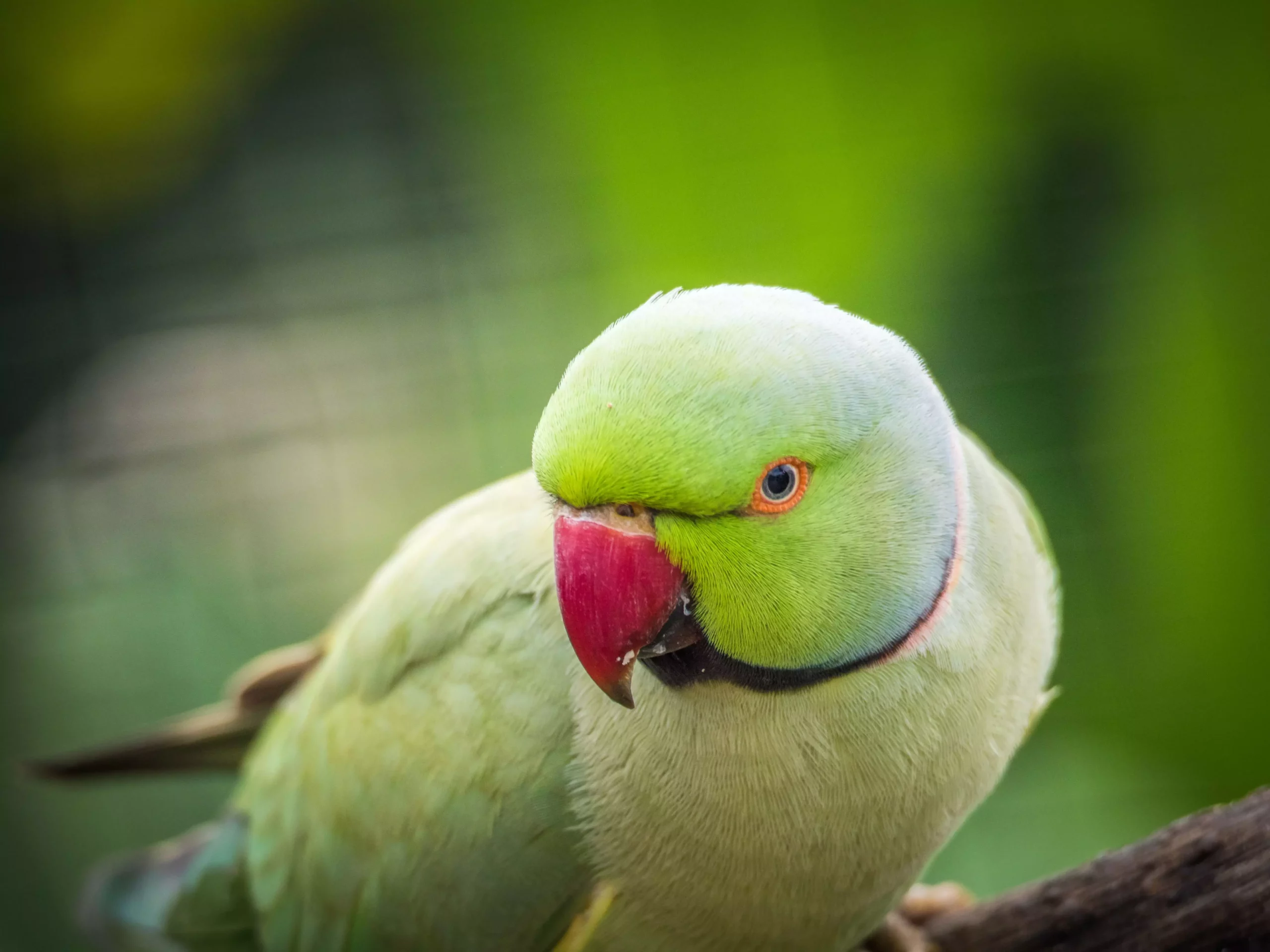Parrots are renowned for their vibrant plumage and engaging personalities, but an equally significant aspect of these birds is their vocal nature. The various species exhibit diverse vocalizations, each with unique implications for potential owners. This article delves into the cacophony created by popular parrot species, offering insights into their sounds as well as the care they require to thrive in domestic settings.
Cockatoos stand out in the avian world for their affectionate nature and impressive ability to vocalize. Commonly reaching lengths of up to 18 inches and weighing between 16 to 26 ounces, these birds primarily showcase striking white feathers adorned with faint yellow highlights on their wings and tails. Known for their exuberant vocalizations, cockatoos’ loud calls serve a critical role in the wild, assisting them in mate selection and alerting others to potential threats.
While their sounds can be charming, the volume can be a challenge for those living in close quarters. In captivity, these birds often form a strong bond with their caregivers and may seek attention with their persistent calls. The relationship they have with the owner necessitates not just affection but also patience, as the transition to home life can involve a steep learning curve regarding vocalization management.
Macaws, with their impressive wingspans and grandiose colors, command attention both for their beauty and their auditory expressions. These birds can grow up to 36 inches in length and weigh anywhere from 28 to 46 ounces. Their green foreheads fade into a stunning teal body, complemented by vibrant yellow chests and large black beaks.
In the wild, they are known to traverse vast distances—up to 500 miles daily—utilizing loud contact calls to maintain contact with their flock. This behavior translates into a high likelihood of noise in captivity, which can become overwhelming for some owners. Perhaps the most fascinating aspect of macaws is their intelligence; they are capable of learning tricks and even human speech. Therefore, while they create beautiful soundscapes, they require an environment filled with mental stimulation to mitigate any excessive vocal concerns.
Often considered gentle and easygoing, Eclectus parrots offer an intriguing juxtaposition. Ranging from 17 to 20 inches and weighing between 13 to 19 ounces, males sport a striking emerald green color while females flaunt a vibrant red plumage. Though they have a calm demeanor, their vocalization includes a surprisingly loud honk which can catch new owners off guard.
These birds thrive on interaction, and feelings of neglect can lead to loud outbursts. Their need for companionship and a structured daily routine means that they are happiest when they are engaged, suggesting that caretakers must be prepared to devote time and energy to these appealing but vocal companions.
Amazon parrots are particularly noted for their rich vocal abilities and propensity to talk, but they also possess the strength to produce bone-rattling screams. Ranging from 15 to 17 inches long and weighing up to 23 ounces, these birds typically exhibit a vibrant green body with notable coloration patterns.
While they can be entertaining and engaging conversationalists, their vocalizations can be disruptive. However, owners can employ strategies to temper these calls, rewarding silence and quiet behavior. Positive reinforcement techniques work wonders in shaping desirable vocal habits and ensuring peace in the household.
Conures may be smaller in size, averaging around 12 inches and weighing 4 to 5 ounces, yet they match their larger relatives in terms of vocal power. Their bright orange and yellow feathers, highlighted with vibrant greens and blues, make them visually stunning but also audibly assertive. Conures can express displeasure loud enough to be heard from great distances, which can be quite a challenge for sensitive neighbors.
Despite their vocal nature, conures can also exhibit affectionate behavior if well-socialized. They need ample mental stimulation to thrive, and when given the right environment, they become endearing and engaging companions.
African Grey parrots are known for their exceptional talking ability, particularly revered for their intelligence. Ranging from 9 to 14 inches and weighing between 11 to 19 ounces, these birds display predominantly gray plumage with striking red tail feathers. While they might not be excessive screamers, they maintain a constant chatter that can become noticeably loud if they are not engaged.
Owning an African Grey means committing to providing mental challenges and social interaction to prevent boredom-induced vocalizations. Their playful and curious nature requires that owners are prepared to offer a variety of interactive toys and activities to keep these feathered intellects happily preoccupied.
Lastly, lorikeets, measuring about 10 to 12 inches and weighing between 3 to 6 ounces, are adored for their playful antics and vibrant colors. Their social nature can lead to high-pitched calls that may disrupt quieter households. Despite this, the joy they bring through interaction can outweigh the potential noise levels.
Potential parrot owners must consider the auditory demands and the behaviors associated with these lively birds. Each species brings its own set of vocalizations and care requirements, and understanding these nuances is critical for fostering a harmonious bond that benefits both the pet and the owner.

